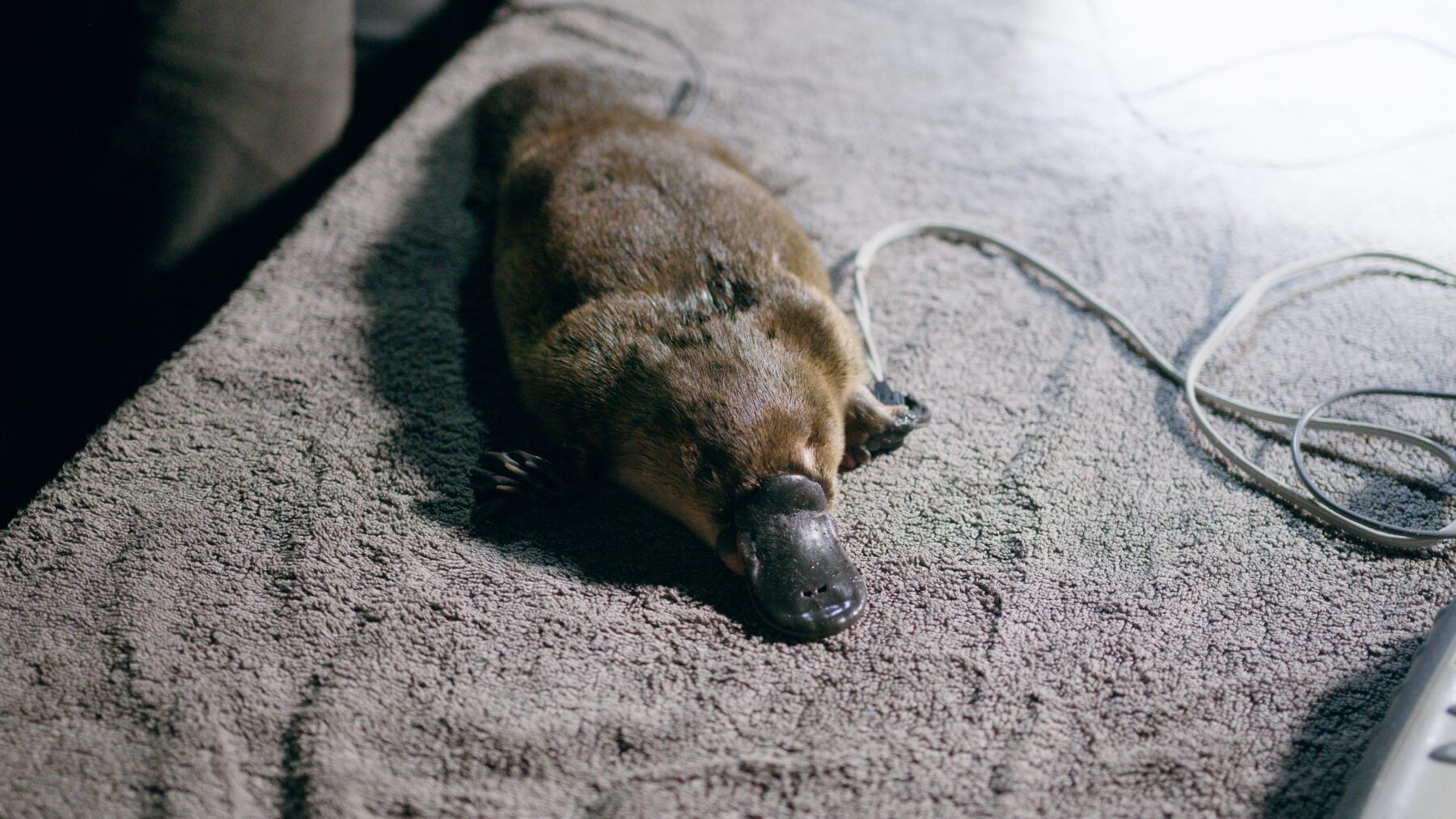‘Happy news’: platypus baby born after successful translocation to NSW habitat

The female juvenile platypus was captured during a survey assessing the health of the translocated platypuses.
A health assessment shows the platypus is in excellent condition, weighs 850g and is about six months old. Researchers said her age aligns with the end of the platypus breeding season, meaning she would have only recently emerged from her burrow.
Before returning her to the river, researchers assessed her body condition, took samples and fitted her with a microchip for future identification.

UNSW conservation scientist and lead of the Platypus Reintroduction Project, Dr Gilad Bino, said finding the juvenile platypus is a clear sign the reintroduced platypus population is thriving.
“[They’re] adapting well to their environment and contributing to the genetic diversity and resilience of this iconic species,” he said.
“The success of this reintroduction underscores the vital role that targeted conservation actions, such as translocations, rescues, and reintroductions, play in the preservation of the platypus across its range.”
Now she has been identified, the juvenile platypus will be named by the local Indigenous community.
The return of platypus to the Royal National Park was the first translocation program for platypus in New South Wales and aims to re-establish a self-sustaining and genetically diverse platypus population.
The platypuses’ first months in the field exceeded ecologists’ expectations, with all 10 surviving – and thriving – in their new home.
Ongoing monitoring and tracking have confirmed that the platypuses remain active, with some recently venturing beyond the detection range.
Researchers have not ruled out the possibility there are more juveniles in the Royal National Park, and are planning further reintroductions over the coming years.
The Platypus Reintroduction Project is a multi-organisation initiative collaboration between UNSW, WWF-Australia, NSW National Parks and Wildlife Service, and Taronga Conservation Society.





